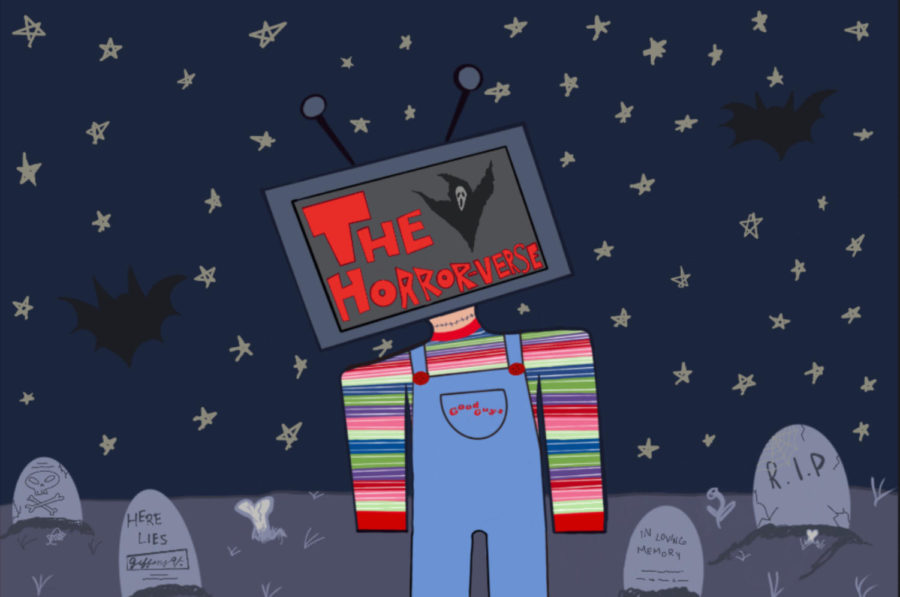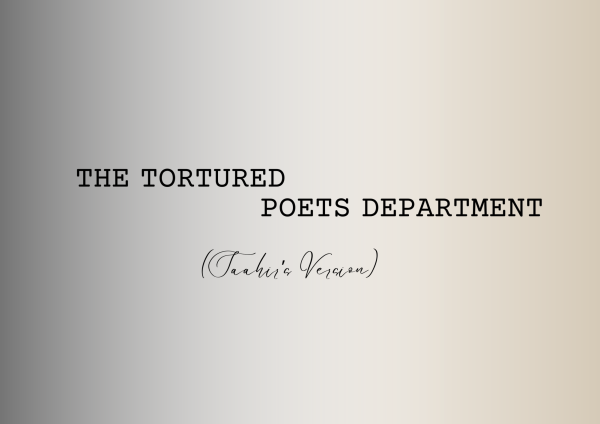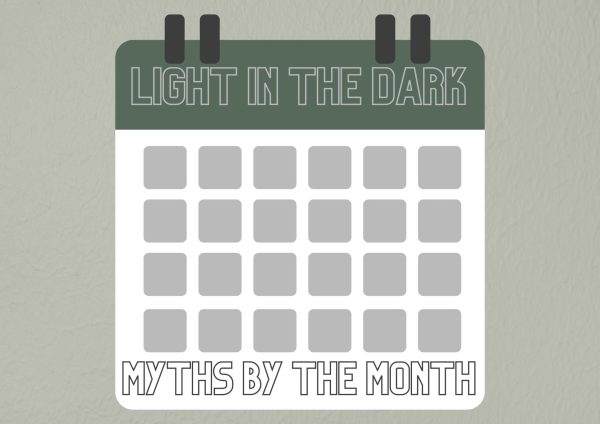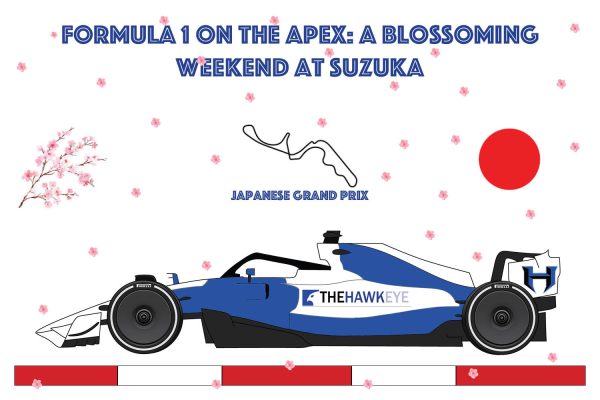The Horror-Verse: Jordan Peele’s “Nope” gets a yes from me
Ever since watching the movie “Get Out” upon its release, I have happily followed director Jordan Peele and actor Daniel Kaluuya through their different projects. When I saw the trailer for “Nope” while waiting in the theater to watch “Batman,” I couldn’t help but anticipate the movie’s release — even if it took me a while to get to watching it.
“Nope” follows brother and sister OJ (Daniel Kaluuya) and Emerald Haywood (Keke Palmer) who discover a deadly threat in the skies of their horse ranch in California. Upon seeing opportunities to profit on this phenomena, the siblings take to filming the skies — catching the attention of “Jupe” Park (Steven Yeun), the owner of a nearby theme park.
When it comes to all other films, I tend to avoid science fiction like it’s the plague, so I found myself worried I would be encountering the first Jordan Peele movie I disliked, but I was embarrassingly wrong to underestimate him. The movie opens with a vaguely eerie and disturbing scene, introducing a crucial plot point that wouldn’t strategically come back into play until halfway through. Despite being incredibly confused, the opening scene easily piqued my curiosity.
“Nope” has a variety of unique aspects that all work toward Peele’s cautionary message on exploitation for capitalist gain — each detail is executed perfectly, especially its unforgettable cinematography. Through filming the majority of the movie in the day and later editing it to be nighttime, “Nope” heavily plays on various lighting, colors and tighter shots to convey the feeling of the viewers being the prey. Peele and cinematographer Hoyte van Hoytema do an exceptional job at making viewers feel small and closed in as if they were being watched.
Along with the feeling of hopelessly being trapped, “Nope” takes the approach of hinting at the extraterrestrial’s presence by focusing on distressing situations and reactions to terrifying consequences, rather than revealing itself from the get-go, adding to the film’s suspense. Even in the moments without action, I couldn’t help but be engrossed by the attention to detail, eventually tying back with the seemingly irrelevant opening scene to reveal a surprising twist of fate.
The movie’s elaborate camerawork, hidden and meaningful symbolism and memorable performances from all actors involved prove “Nope” is an entertaining and thrilling horror movie that perfectly captures the lengths society goes to create a spectacle.

Senior Shehzil Imran is the feature editor and this is her third year on staff. In her free time, she enjoys watching horror movies, writing and doing...













